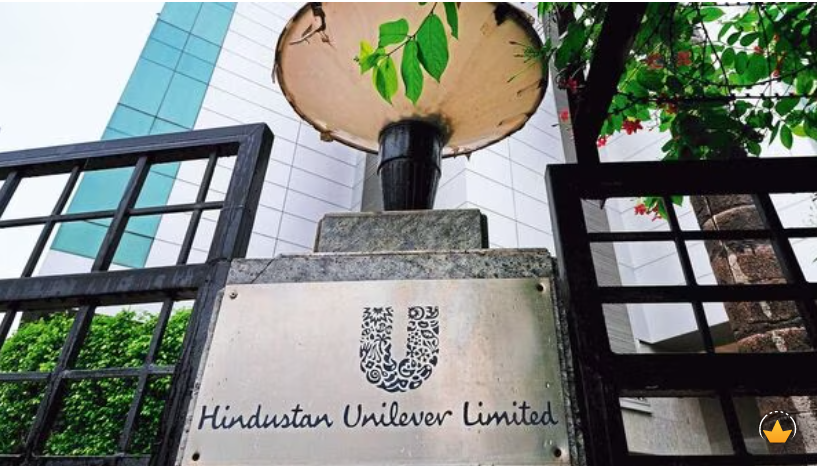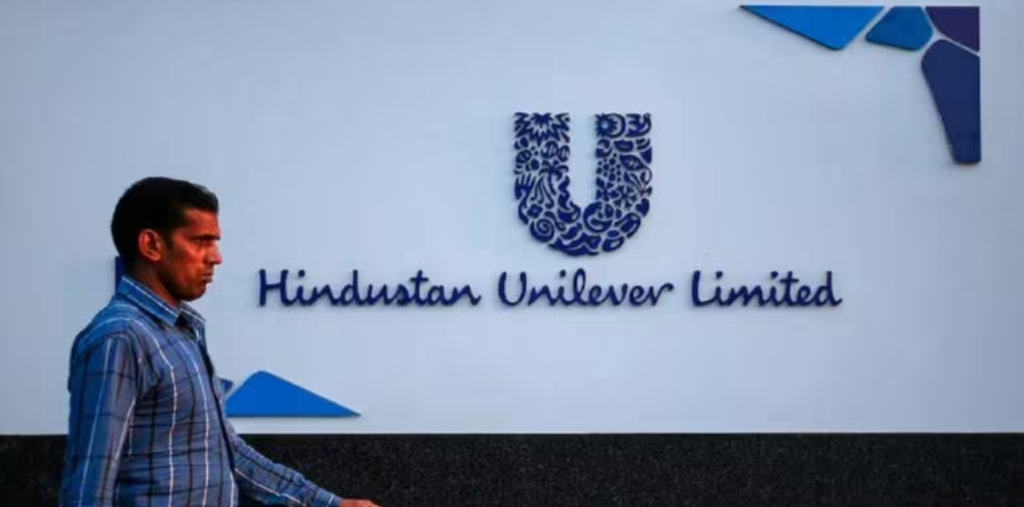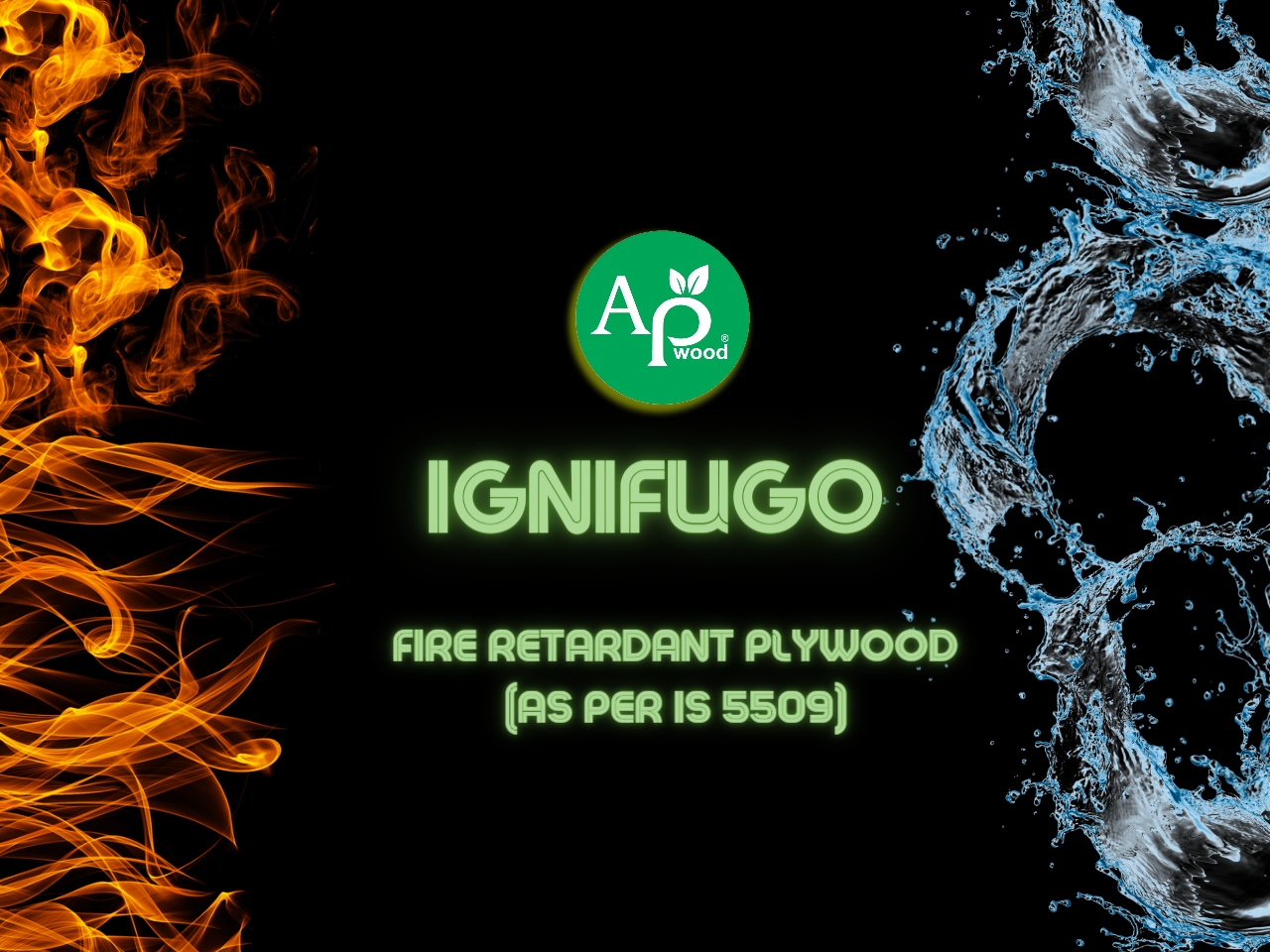Despite Growing Expenses And Slower Rural Expansion, Hindustan Unilever Ltd. Announces A 13% Increase In Net Profit

The largest producer of consumer goods in India, Hindustan Unilever Ltd. (HUL), announced a 13% increase in its consolidated net profit for the three months that ended in March. Despite increasing expenditures that reduced the company’s margin, net profit increased to Rs 2,600 crore, in line with estimates.
The total revenue for HUL’s fiscal year increased by 16% to Rs 58,154 crore, while its net profit rose by 13% to Rs 9,962 crore.
HUL’s revenue jumped by 11% to Rs 15,215 crore in the fourth quarter of FY23, while operating profit rose by 8% to Rs 3,574 crore. However, a 9% increase in the cost of materials used, which came to Rs 4,908 crore, caused the margin to fall from 24% to 23.5%. Spending on advertising grew by 1.15% to an unspecified sum.
Volumes increased by 4% YoY as opposed to the 5% growth seen in the prior quarter, and rural volumes fell by 3%.

image source:https://images.moneycontrol.com/static-mcnews/2023/03/HUL-770×431.jpg?impolicy=website&width=770&height=431
Home care revenue increased by 19% to Rs 5,638 crore, while personal care revenue increased by 10% to Rs 5,188 crore. To Rs 3,794 crore, food and beverage sales revenue climbed by 3%. Due to price cuts made in the soap portfolio in the March quarter, HUL observed an increase in sales in the beauty and personal care portfolio.
Volumes increased by 4% in the fourth quarter compared to the same period the previous year, the business reported. However, this growth rate was lower than the 5% growth experienced during the previous three months.
The company reports that as compared to the same quarter last year, volumes rose by 4% in the fourth quarter. This growth rate was lower than the 5% increase seen in the previous three months, though.
Sanjiv Mehta, the managing director, and managing director of HUL said that although the operating environment would likely continue turbulent shortly, price and volume growth will be rebalanced as inflation eased as a result of the eroding of a high base and sequential weakening in a few commodities.
He continues to be optimistic about the sector’s medium- to long-term prospects and thinks that market volumes will progressively increase as consumer preferences shift.
Although their peers Tata Consumer Products Ltd. and Nestle India Ltd. reported solid fourth quarters driven by pricing increases, they still faced challenges from a sluggish rural recovery.
Marico Ltd. noted in its quarterly update that although volumes are progressively increasing amid falling inflation, a “visible and sustained recovery” is only anticipated in the ensuing quarters.
Although the costs of tea, soda ash, caustic soda, crude palm oil, and Brent crude oil have decreased since the previous year, they are still high when compared to long-term norms. 40% of HUL’s sales come from rural India, where customers have been switching to less expensive options, which has slowed volume growth.
Other important inputs saw price increases of 8% for barley and 18% for skim milk powder.
Following the earnings report, HUL’s shares decreased by 1.57%, while the benchmark Nifty 50 index increased by 0.21%.











